Why Take a Mt Fuji Day Trip from Tokyo?
A Mt Fuji day trip from Tokyo offers a rare opportunity to witness Japan’s most iconic peak up close, all within a single day. The journey combines the urban energy of Tokyo with the peaceful, awe-inspiring landscapes surrounding Mt Fuji, creating a dynamic contrast that travelers find unforgettable.

From the moment we leave the city, the scenery shifts dramatically—towering skyscrapers give way to rolling foothills, serene lakes, and the majestic, snow-capped silhouette of Fuji-san. Whether we seek panoramic views, cultural landmarks, or lakeside relaxation, this trip delivers a rich blend of experiences and lasting memories.
Is a Mt Fuji Day Trip from Tokyo Worth It?
Many visitors wonder if a day trip to Mt Fuji justifies the time and effort. In our experience, the answer is a resounding yes, especially for those eager to balance Tokyo’s urban excitement with natural beauty. The journey is manageable, and the rewards—clear mountain air, spectacular vistas, and a glimpse into rural Japan—are significant.
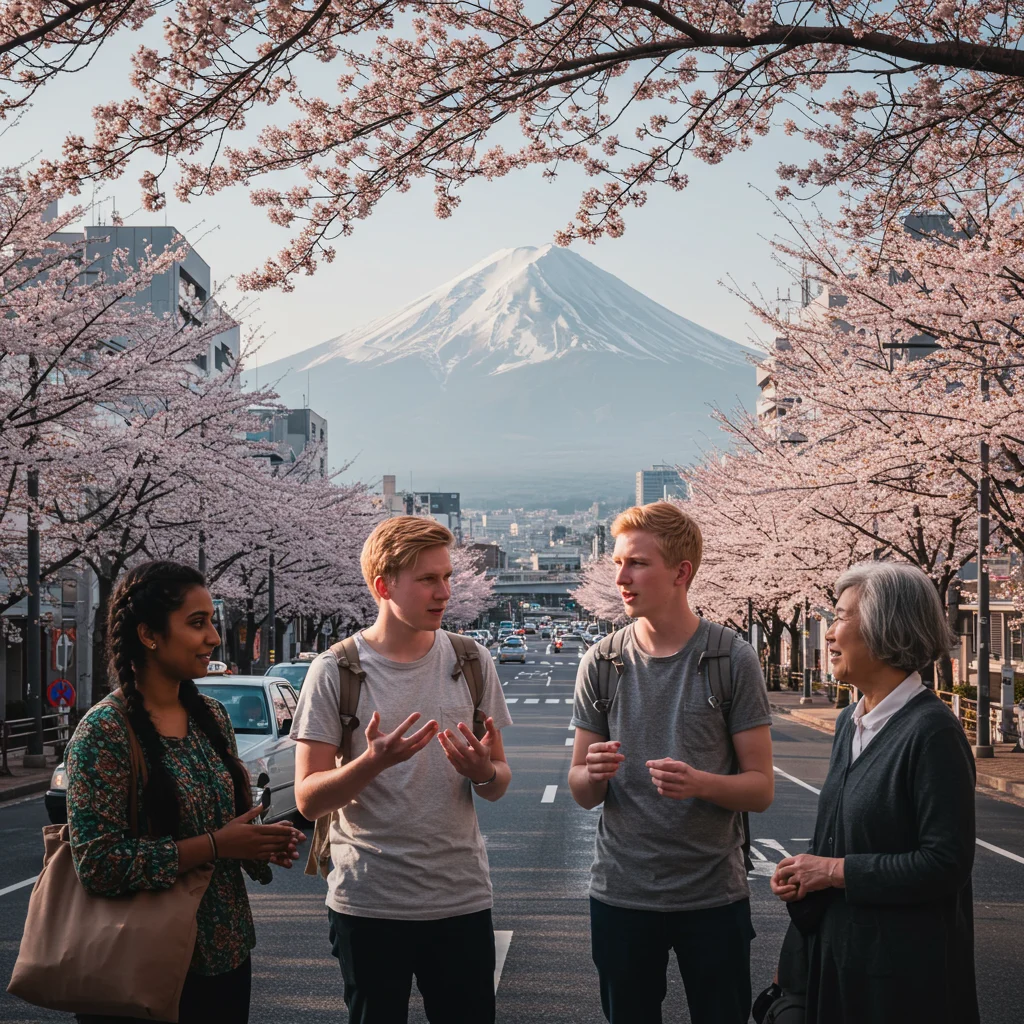
Even travelers who have enjoyed other scenic day trips, such as the Blue Mountains day tour from Sydney, consistently describe Mt Fuji’s landscape as uniquely serene and spiritually uplifting.
How Far is Mt Fuji from Tokyo?
The distance between Tokyo and Mt Fuji is approximately 100 kilometers (62 miles), depending on your exact starting and ending points. Most popular routes—whether by train, bus, or car—take between 2 to 2.5 hours one-way, making a day trip both practical and enjoyable.
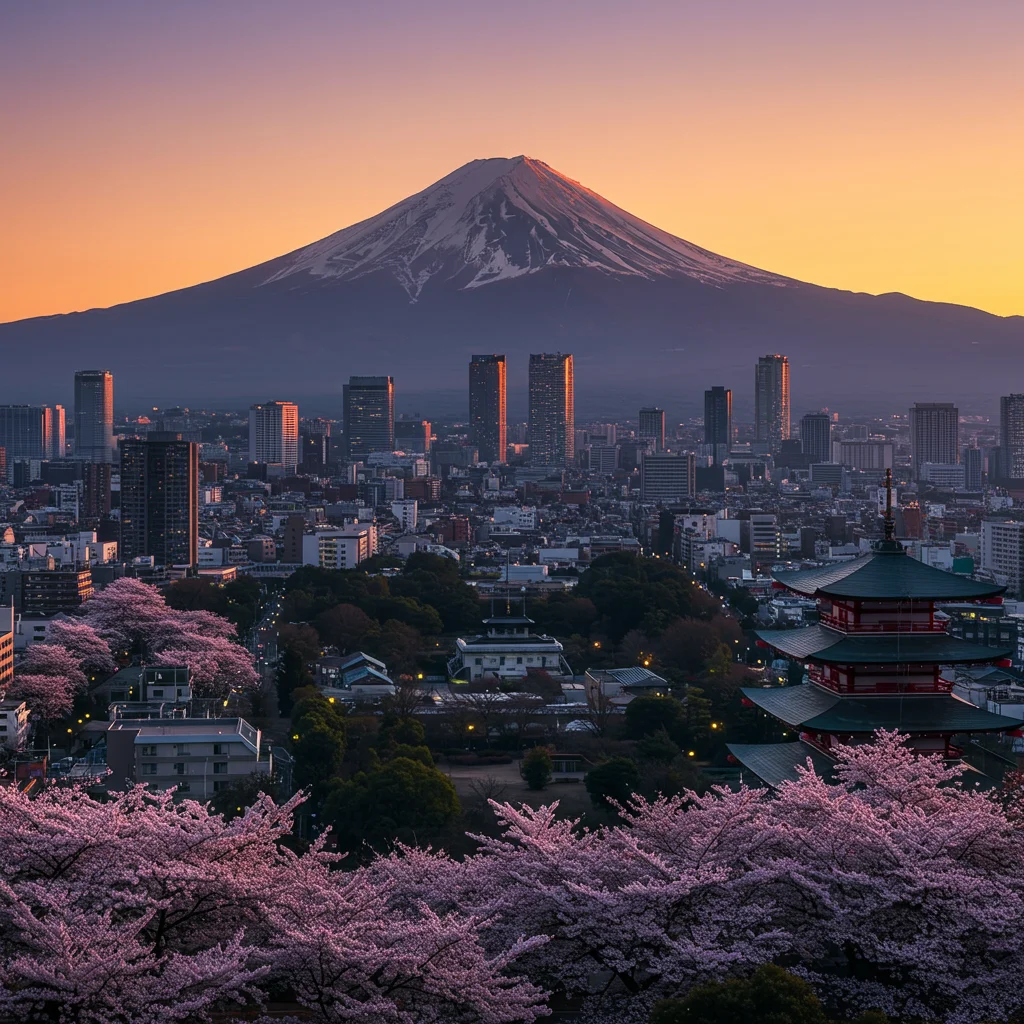
Travel times vary based on traffic, transfer times, and chosen destination around Mt Fuji, such as Kawaguchiko, Hakone, or the 5th Station on the mountain’s slopes.
Best Time of Year to Visit Mt Fuji
Timing is critical for the best Mt Fuji views. The clearest skies typically occur in winter (December to February), when dry air and low humidity reveal Fuji’s snow-capped peak against a crisp blue sky. However, winter brings cold temperatures and shorter daylight hours.
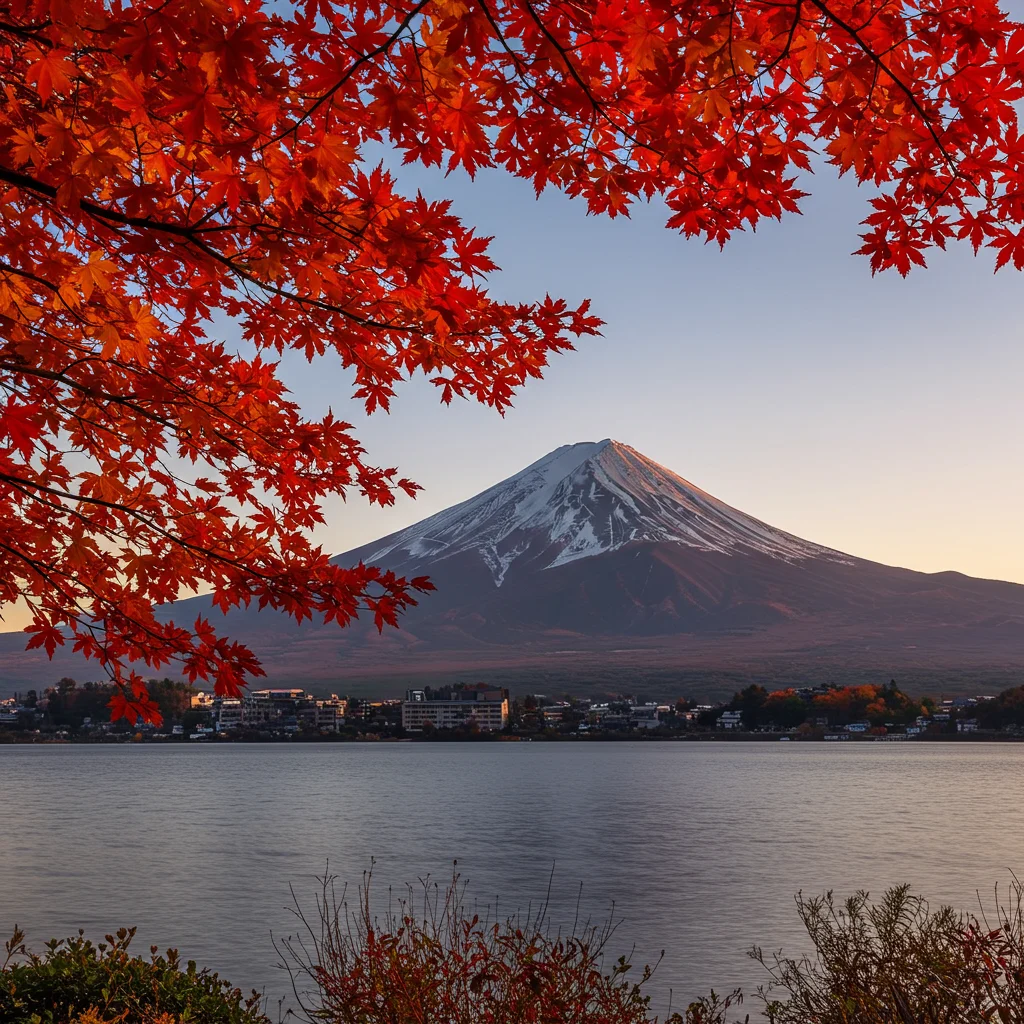
Spring and autumn offer milder weather, cherry blossoms, or colorful foliage, and still provide many clear days. Summer (July to September) is climbing season, but haze and clouds often obscure the summit, especially in the afternoons.
Weather Considerations for Your Mt Fuji Day Trip
Weather can make or break a Mt Fuji day trip. The mountain creates its own microclimate, so clouds can quickly gather around the summit even on otherwise sunny days. Checking the forecast the night before and the morning of your trip is essential.

For those who have experienced unpredictable weather on trips like the Golden Circle in Iceland, flexibility and preparation are equally important for Mt Fuji. Bringing layers, a rain jacket, and a positive attitude helps you make the most of your adventure, whatever the skies may bring.
How to Get to Mt Fuji from Tokyo: All Transportation Options
There are several convenient ways to reach Mt Fuji from Tokyo, each with its own advantages. Travelers can choose between trains, direct buses, rental cars, or guided tours, depending on preferences for comfort, flexibility, and budget.
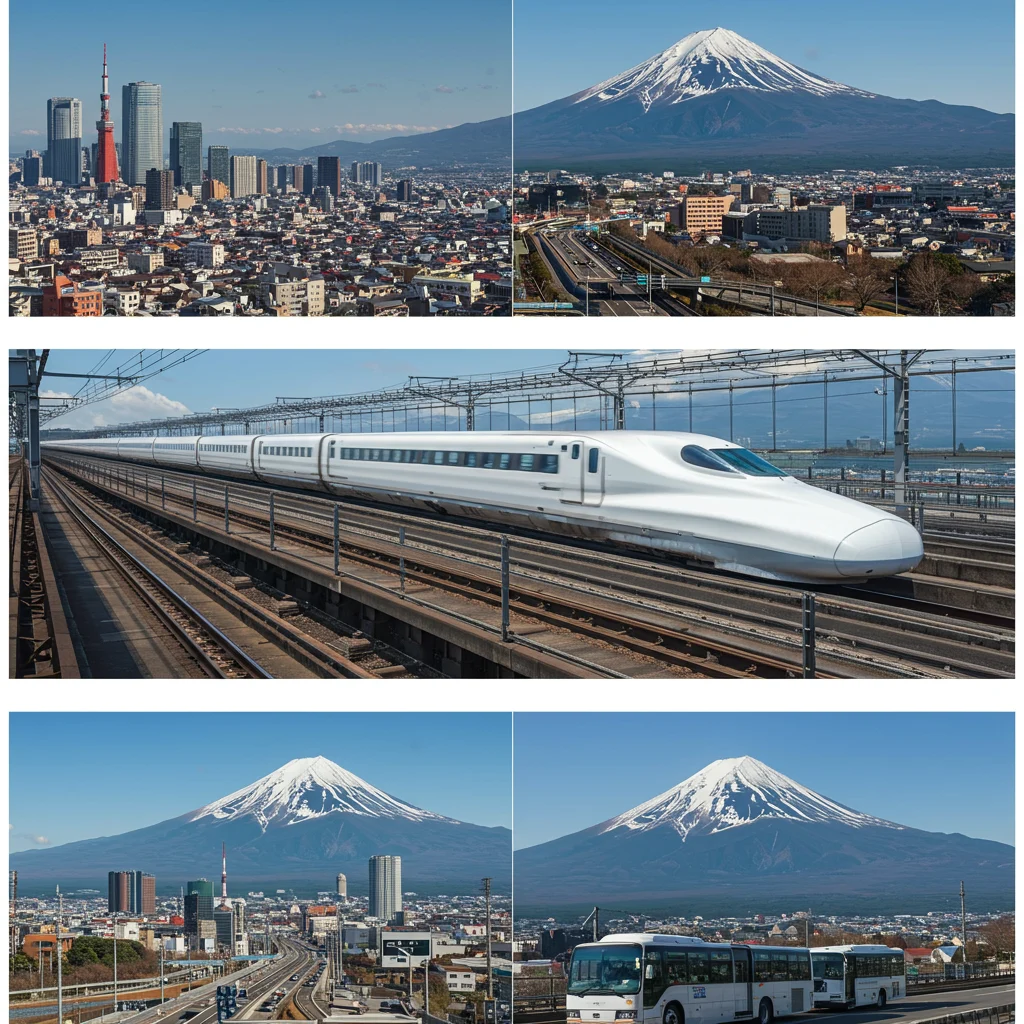
Taking the Train: Tokyo to Mt Fuji
The train is a popular choice for speed, comfort, and scenic views. Modern trains glide through the countryside, offering glimpses of rice paddies, rural towns, and, on clear days, Fuji’s peak rising on the horizon.
Which Train Lines Serve Mt Fuji?
The main lines connecting Tokyo to Mt Fuji are the JR Chuo Line (with transfers at Otsuki to the Fujikyu Railway) and the Odakyu Line (connecting to Hakone). The Fuji Excursion Limited Express provides direct service from Shinjuku to Kawaguchiko, eliminating the need for multiple transfers.
How to Book Train Tickets
Tickets for major trains can be purchased at station kiosks, ticket counters, or online via official railway websites. The Japan Rail Pass covers some routes, but not all private lines, so we recommend double-checking coverage before purchasing.
Train Timetables and Frequency
Trains from Tokyo to Kawaguchiko or Hakone depart frequently, especially during peak tourist seasons. Early morning departures offer the best chance for clear views and more time at your destination.
Bus Routes from Tokyo to Mt Fuji
Direct buses are an efficient, cost-effective way to reach Mt Fuji without transfers. The ride is smooth and comfortable, with large windows perfect for appreciating the changing scenery.
Where to Catch Direct Buses in Tokyo
Most direct buses to Mt Fuji depart from major hubs like Shinjuku Station, Tokyo Station, and Tokyo City Air Terminal. Tickets are available at bus terminals or online, and advance reservations are recommended during busy seasons.
Bus Schedules and Duration
Buses run hourly throughout the day, with journey times ranging from 2 to 2.5 hours depending on traffic. Morning buses fill quickly, so early bookings secure both seats and the best arrival times.
Pros and Cons of Taking the Bus
- Pros: Direct service, affordable fares, no transfers, frequent departures.
- Cons: Potential for highway traffic delays, less flexibility than driving, limited luggage space.
Driving from Tokyo to Mt Fuji: Is Renting a Car a Good Idea?
For those who desire maximum flexibility, renting a car allows us to set our own pace, detour to hidden spots, and travel beyond public transport routes. The journey offers the freedom to stop at lakes, viewpoints, and rural villages along the way.
Car Rental Requirements in Japan
To rent a car in Japan, you’ll need an International Driving Permit (IDP) and your home country’s driver’s license. Most rental agencies require drivers to be at least 18 or 20 years old, depending on the company.
Best Driving Routes to Mt Fuji
The Chuo Expressway is the fastest route from Tokyo to Kawaguchiko, while the Tomei Expressway connects to Gotemba and Hakone. Toll fees apply, and GPS navigation is highly recommended, especially for first-time visitors.
Parking Options Near Mt Fuji
Ample parking is available at major attractions, including Kawaguchiko Station, Fujisan 5th Station, and popular lakeside parks. Fees vary, and lots may fill up quickly during weekends and holidays.
Guided Tours to Mt Fuji: Are They Worth It?
Guided tours are ideal for those who prefer a stress-free experience, with transportation, guides, and itineraries handled by professionals. Many tours include unique activities, such as hot spring visits or cultural workshops, and guarantee that you won’t miss the highlights.
Popular Mt Fuji Day Tour Operators
Several reputable companies offer Mt Fuji day tours from Tokyo, including options for small groups, private excursions, or themed experiences. Viator is a popular platform for comparing and booking these tours, with user reviews and flexible cancellation policies.
What’s Included in a Typical Tour?
- Round-trip transportation from Tokyo
- English-speaking guides
- Visits to key sites such as Kawaguchiko, Oshino Hakkai, or the 5th Station
- Optional extras like lunch, onsen entry, or cultural experiences
Comparing DIY vs. Guided Tours
While independent travel allows for greater flexibility, guided tours take the guesswork out of logistics and provide valuable local insights. If you value convenience and structure, tours are a wise choice. If you prefer to create your own adventure and move at your own pace, public transport or self-driving may suit you better.
Best Mt Fuji Day Trip Routes from Tokyo
Choosing the right route for your Mt Fuji day trip depends on your interests—whether you seek lakeside relaxation, cultural sights, or panoramic vistas. Here are the top options for a memorable journey.
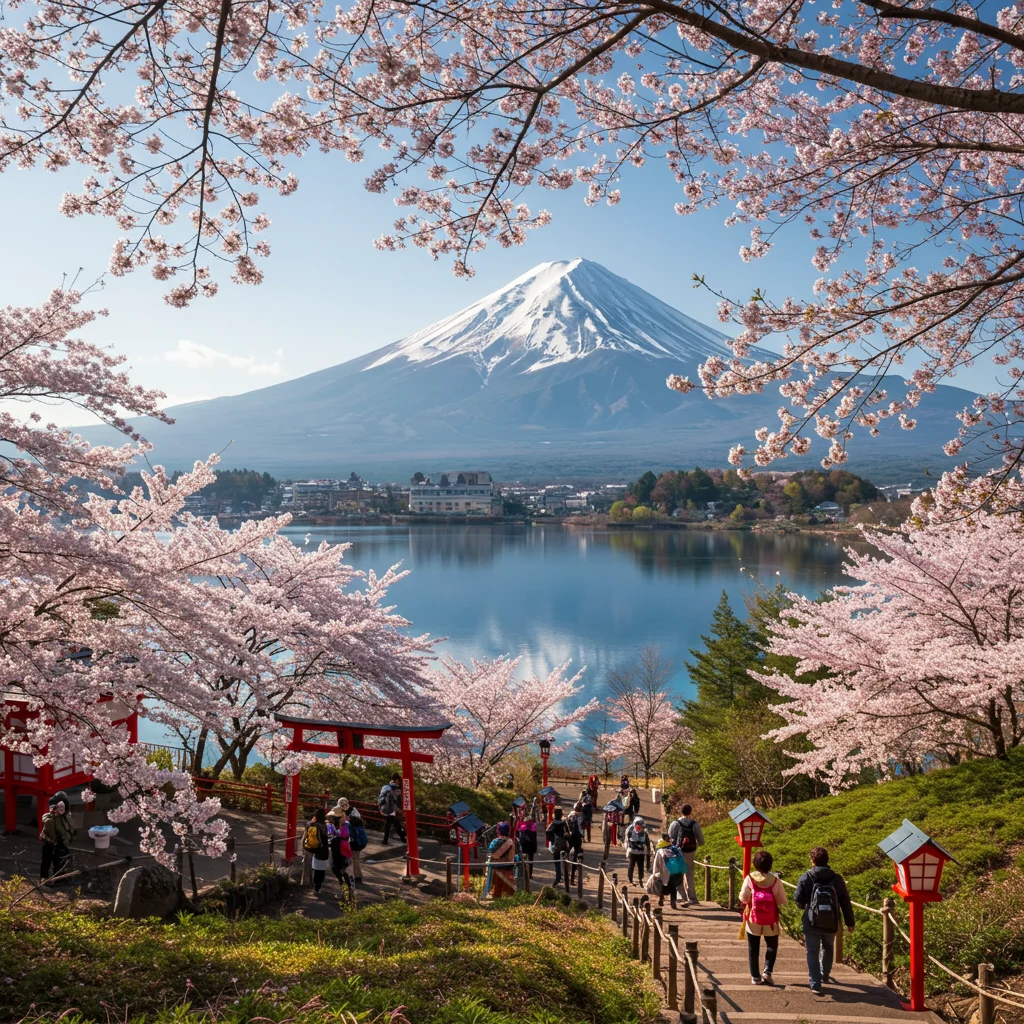
Route 1: Tokyo to Kawaguchiko
Kawaguchiko is the classic gateway to Mt Fuji, known for its beautiful lake, onsen resorts, and unrivaled Fuji views. The town’s relaxed atmosphere and convenient transport links make it a favorite for both first-timers and seasoned travelers.
Top Attractions in Kawaguchiko
- Lake Kawaguchi: Scenic boat rides and lakeside walks
- Mt Fuji Panoramic Ropeway: Stunning aerial views
- Oishi Park: Seasonal flower displays and gardens
- Kawaguchiko Music Forest Museum: Unique musical exhibits and lakeside setting
Best Views of Mt Fuji from Kawaguchiko
Clear mornings reward us with mirror-like reflections of Mt Fuji on the lake’s surface, especially from the north shore and Oishi Park. The early sunlight often bathes the peak in a golden glow, creating postcard-perfect scenes.
Recommended Itinerary for Kawaguchiko
- Arrive early by train or bus
- Take the Panoramic Ropeway for morning Fuji views
- Stroll through Oishi Park and lakeside paths
- Enjoy lunch at a local café with Fuji views
- Visit the Music Forest Museum or relax in an onsen before heading back
Route 2: Tokyo to Hakone
Hakone offers a blend of natural beauty, hot springs, art museums, and unique Fuji viewpoints. The region’s volcanic landscapes and traditional ryokan inns provide a distinct contrast to the lakeside scenery of Kawaguchiko.
How to Get to Hakone from Tokyo
The Odakyu Romancecar connects Shinjuku to Hakone-Yumoto in about 90 minutes, with frequent departures. Alternatively, the JR Tokaido Line and local buses provide access for those using the Japan Rail Pass.
Mt Fuji Viewing Spots in Hakone
- Lake Ashi: Boat cruises with Fuji views on clear days
- Hakone Ropeway: Panoramic vistas from above the volcanic Owakudani Valley
- Onshi Hakone Park: Landscaped gardens and Fuji-facing terraces
Things to Do in Hakone
Beyond Fuji viewing, Hakone offers open-air art museums, traditional hot spring baths, and scenic hiking trails. The region’s famed black eggs (kuro-tamago), cooked in volcanic hot springs, are a must-try local specialty.
Route 3: Tokyo to Fuji Subaru Line 5th Station
The Fuji Subaru Line 5th Station sits halfway up Mt Fuji’s northern slope, offering a close-up perspective of the peak and sweeping views of the surrounding highlands. The cool, crisp air and sense of proximity to the summit make this a favorite stop for adventurous travelers.
What is the 5th Station?
This rest area marks the starting point for many Fuji climbers and serves as a destination in its own right for sightseeing. Souvenir shops, restaurants, and observation decks await visitors, all set against the dramatic backdrop of the mountain.
How to Reach the 5th Station
Direct buses depart from Shinjuku and Kawaguchiko, ascending winding mountain roads with each turn revealing new vistas. The journey itself is an experience, with forests, clouds, and the occasional glimpse of wildlife along the way.
Facilities and Activities at the 5th Station
- Panoramic observation decks
- Souvenir and snack shops
- Short walking trails and shrines
- Starter points for climbing routes (seasonal)
Alternative Mt Fuji Day Trip Routes
For those seeking something different, alternative routes combine shopping, culture, and tranquility with Fuji views.
Gotemba Premium Outlets & Mt Fuji Views
Gotemba Premium Outlets is one of Japan’s largest outlet malls, set against the dramatic backdrop of Mt Fuji. Shoppers enjoy designer deals while taking in mountain vistas from the open-air walkways.
Fujiyoshida and the Chureito Pagoda
Fujiyoshida is home to the Chureito Pagoda, perhaps the most iconic spot for Fuji photography. The climb up the hillside is rewarded by a stunning panorama of the five-storied pagoda with Mt Fuji rising majestically behind it.
Lake Yamanakako: A Quieter Fuji Experience
Lake Yamanakako offers a peaceful escape, with fewer crowds and a gentle lakeside ambiance. The area is perfect for cycling, boating, or simply enjoying a quiet picnic with the mountain as your backdrop.
Best Places to See Mt Fuji on a Day Trip
Mt Fuji’s grandeur is best appreciated from select viewpoints and villages that offer unique perspectives, each with its own character and atmosphere.

Iconic Mt Fuji Photo Spots
Photographers and sightseers alike flock to these celebrated locations, where Fuji’s elegant silhouette dominates the horizon and seasonal colors frame the scene.
Chureito Pagoda Viewpoint
Spring brings cherry blossoms, autumn delivers vibrant maple leaves, and every season offers the classic image of the pagoda and Fuji together. Arriving early in the morning often means fewer crowds and soft, golden light for photos.
Lake Kawaguchi Panorama
The northern shores of Lake Kawaguchi provide unobstructed Fuji views, with the mountain often mirrored in the still water. Oishi Park is especially popular for flower fields and open vistas.
Oshino Hakkai Village
This traditional village features crystal-clear spring ponds, thatched-roof houses, and direct sightlines to Mt Fuji. The tranquil setting and gentle sounds of running water create a sense of timeless peace.
Best Times of Day for Mt Fuji Views
Timing your visit is essential for clear, memorable Fuji views. The interplay of light and weather transforms the mountain throughout the day and year.
Morning vs. Afternoon Visibility
Mornings typically offer the best chance for unobstructed views, as clouds tend to gather around the summit after noon. The crisp morning air also enhances visibility and sharpens colors.
Seasonal Differences in Fuji Views
Winter delivers clear skies and a snow-capped peak, while spring and autumn add floral or foliage accents. Summer’s humidity can obscure the summit, so early starts are especially important.
As experts often say:
“The best view comes after the hardest climb.”
What to Pack for a Mt Fuji Day Trip
Packing smart ensures comfort and readiness for changing conditions. Weather around Mt Fuji can shift quickly, so layering is key.
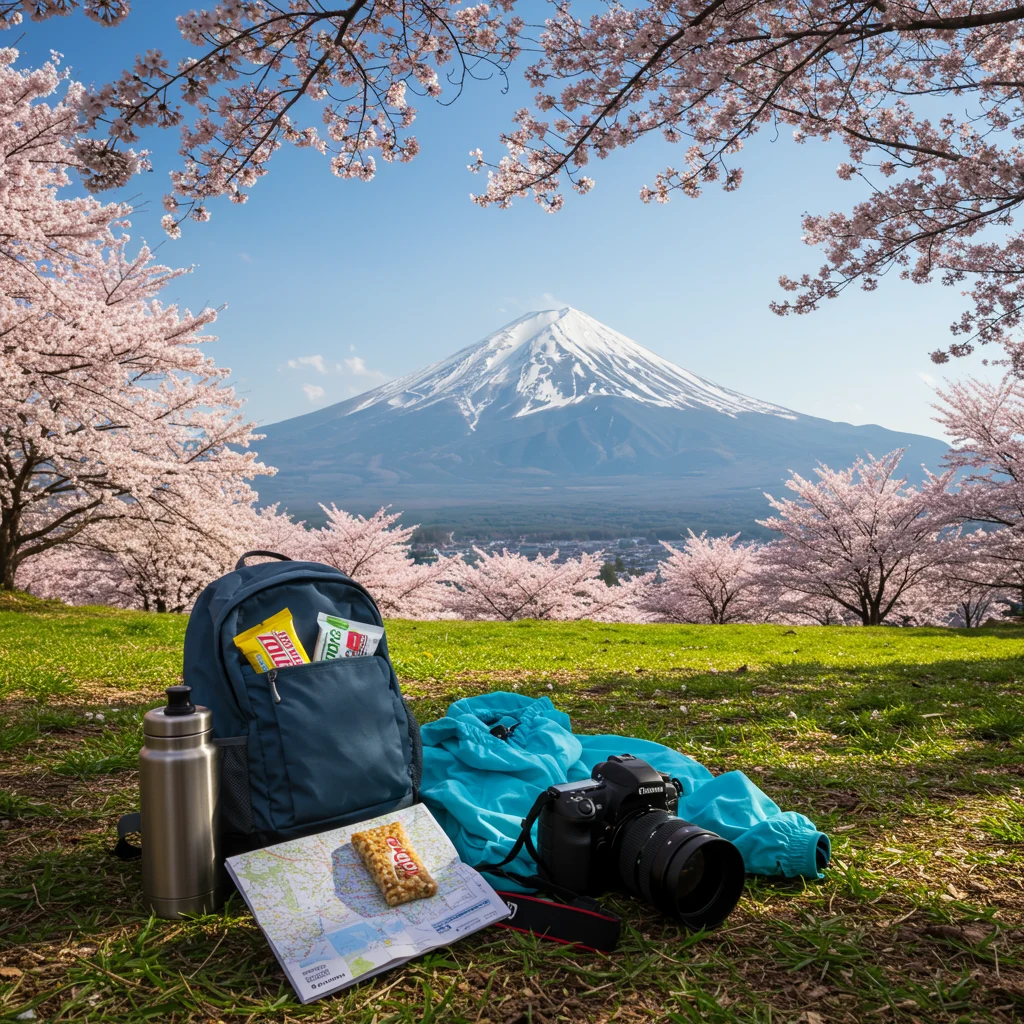
Essential Gear for All Seasons
We recommend preparing for both sunshine and sudden chill, especially if you plan to ascend to higher altitudes or spend time outdoors.
Recommended Clothing and Footwear
- Lightweight waterproof jacket
- Warm layers (even in spring and autumn)
- Comfortable walking shoes or hiking boots
- Hat and sunglasses for sun protection
Snacks and Water for the Trip
While shops are available at major stops, bringing your own snacks and water gives you flexibility and ensures you stay hydrated and energized throughout the day.
Camera and Photography Tips
Don’t forget a fully charged camera or smartphone, extra memory cards, and a lens cloth for clear shots. Early morning light and sunset create especially beautiful conditions for Fuji photography.
Sample Itineraries for a Mt Fuji Day Trip
Here are three sample itineraries to help you structure your Mt Fuji day trip, depending on your interests and preferred route.
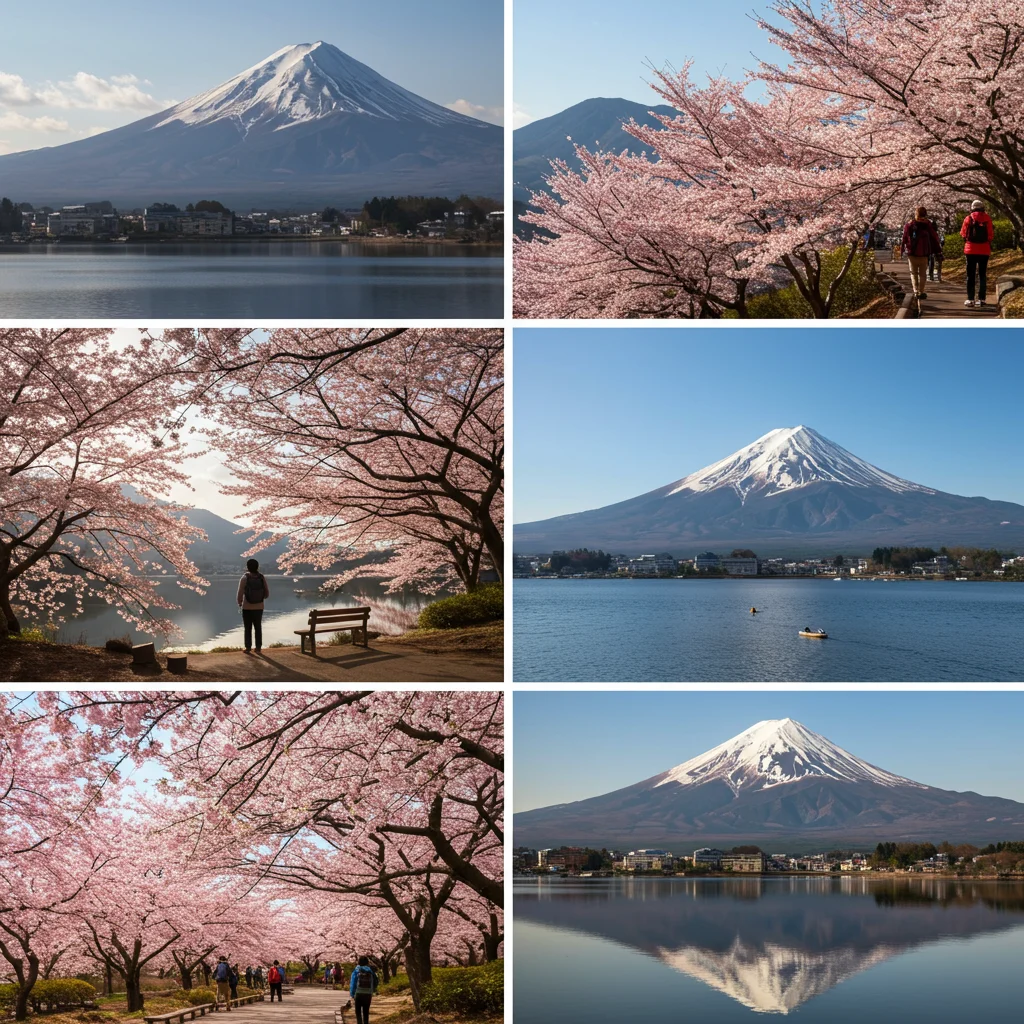
Itinerary 1: Kawaguchiko and Chureito Pagoda
- Depart Tokyo early by train or bus
- Visit Lake Kawaguchi and Oishi Park
- Ascend the Mt Fuji Panoramic Ropeway
- Travel to Fujiyoshida for Chureito Pagoda
- Return to Tokyo in the evening
Itinerary 2: Hakone Loop with Fuji Views
- Take the Romancecar to Hakone-Yumoto
- Ride the Hakone Tozan Railway and Ropeway
- Enjoy a cruise on Lake Ashi
- Visit the Open Air Museum or an onsen
- Return to Tokyo via Odawara
If you enjoy combining scenic journeys with unique local experiences, you may also appreciate our coverage of thermal hot bath day trips in Poland.
Itinerary 3: 5th Station Adventure
- Catch an early bus from Shinjuku or Kawaguchiko
- Arrive at the 5th Station and explore viewpoints and shrines
- Enjoy local snacks and shop for souvenirs
- Take a short walk on the mountain trails
- Return to Tokyo in the late afternoon
Can You Climb Mt Fuji on a Day Trip?
Many visitors dream of summiting Mt Fuji, but the logistics of a day climb from Tokyo require careful planning and realistic expectations.
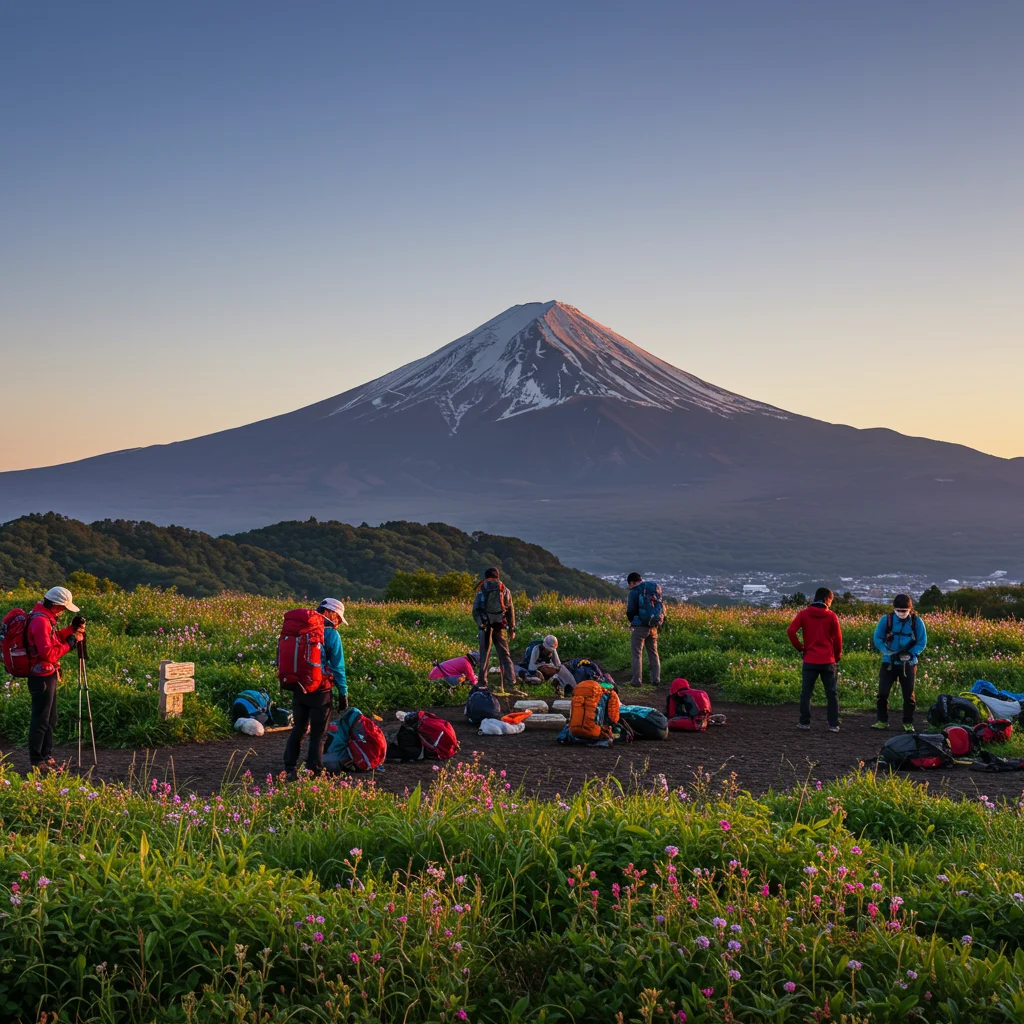
Mt Fuji Climbing Season and Logistics
The official Mt Fuji climbing season runs from early July to early September. During this period, mountain huts, trails, and transport are fully operational. Outside these months, the trails are closed due to snow and safety risks.
Is a Day Climb Realistic?
While it is technically possible to climb Mt Fuji and return to Tokyo in a single day, it is extremely demanding. The ascent from the 5th Station to the summit takes 5–7 hours, with the descent requiring another 3–5 hours. Most climbers prefer to stay overnight in a mountain hut to adjust to altitude and catch sunrise from the top.
For those with limited time, we recommend enjoying the lower trails and the atmosphere of the 5th Station rather than attempting a rushed summit.
Tips for a Safe and Enjoyable Day Trip
Preparation and awareness are key to a smooth, enjoyable Mt Fuji adventure. Here’s what we suggest for a stress-free experience.
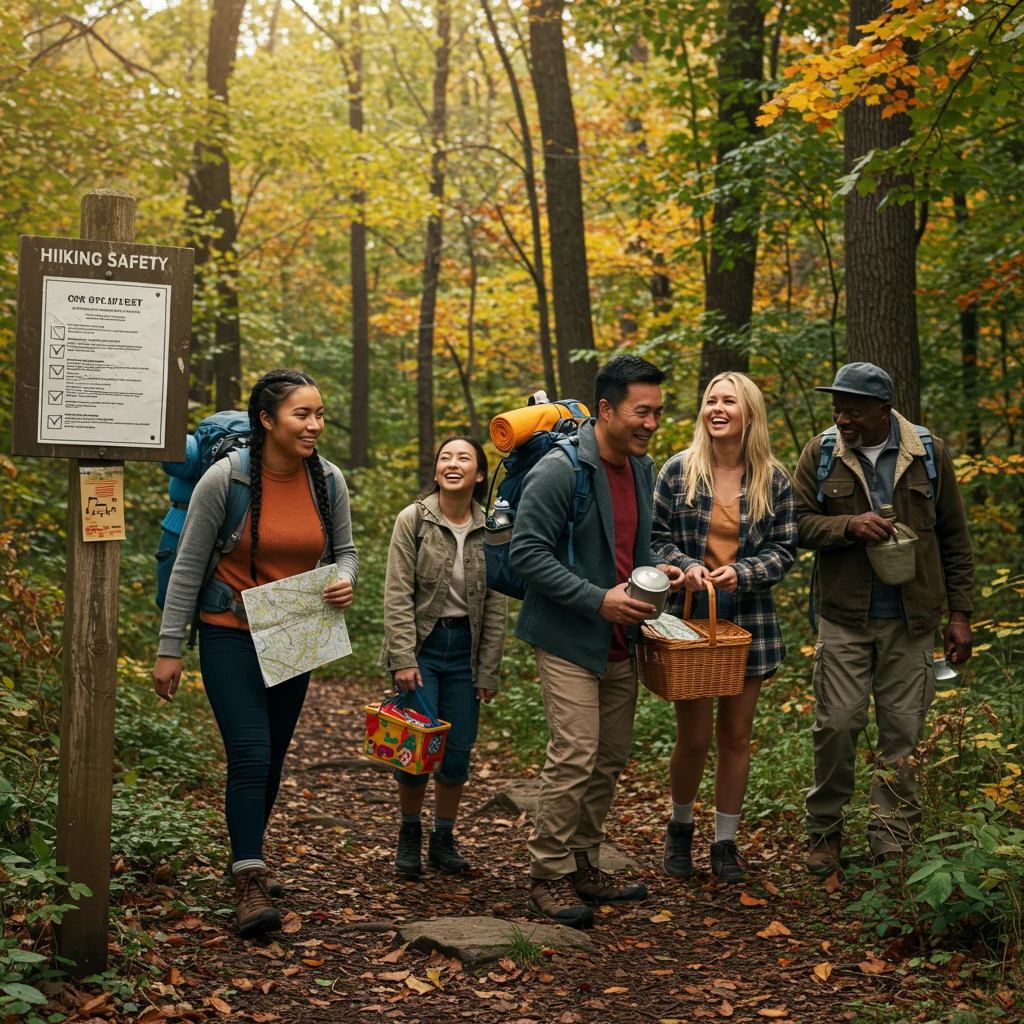
Staying Connected: Wi-Fi and SIM Cards
Renting a portable Wi-Fi device or purchasing a Japanese SIM card ensures you can access maps, timetables, and translation apps on the go. Coverage is generally reliable in towns and at major attractions, but may be limited in remote or high-altitude areas.
Travel Insurance and Safety Precautions
We strongly advise purchasing travel insurance before your trip, covering medical emergencies, cancellations, and lost belongings. Even on a day trip, accidents or sudden illness can happen, so peace of mind is invaluable.
For more insights on trip safety, you may want to learn more in our guide to travel insurance.
What to Do If the Weather is Bad
If clouds or rain obscure Mt Fuji, focus on alternative activities—visit a local museum, enjoy an onsen bath, or sample regional foods. Sometimes, shifting your itinerary by a few hours or exploring a different lakeside village yields unexpected delights.
Budgeting Your Mt Fuji Day Trip
Understanding costs helps us plan a rewarding trip that fits our budget, allowing for both essential expenses and special treats.
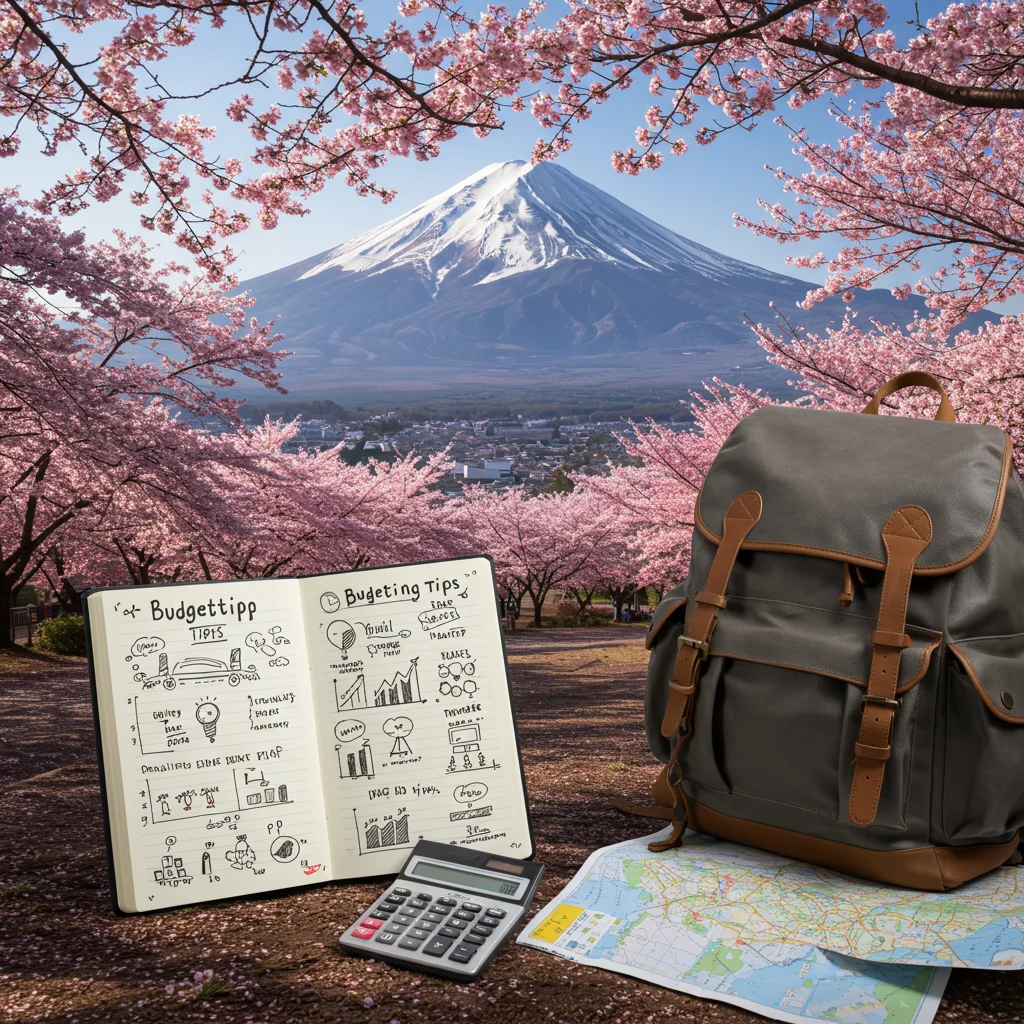
Typical Costs for Transportation
- Train fares (round trip): ¥4,000–¥6,000
- Bus fares (round trip): ¥3,000–¥4,500
- Car rental and tolls: ¥10,000–¥15,000 per day (including fuel, tolls, and parking)
- Guided tours: ¥8,000–¥15,000 per person, depending on inclusions
Entrance Fees and Activity Costs
- Ropeway or cable car: ¥800–¥1,500
- Museum entry: ¥1,000–¥2,000
- Onsen admission: ¥800–¥2,000
- Climbing fee (seasonal): ¥1,000
Saving Money on Your Trip
- Travel with a group to split transportation costs
- Bring your own snacks and drinks
- Purchase combination tickets or day passes for attractions
- Book activities through platforms like Viator for bundled savings
Dining Near Mt Fuji: Where to Eat on Your Day Trip
Sampling local cuisine is an essential part of any Mt Fuji experience. The region’s specialties reflect its mountain setting and agricultural heritage.
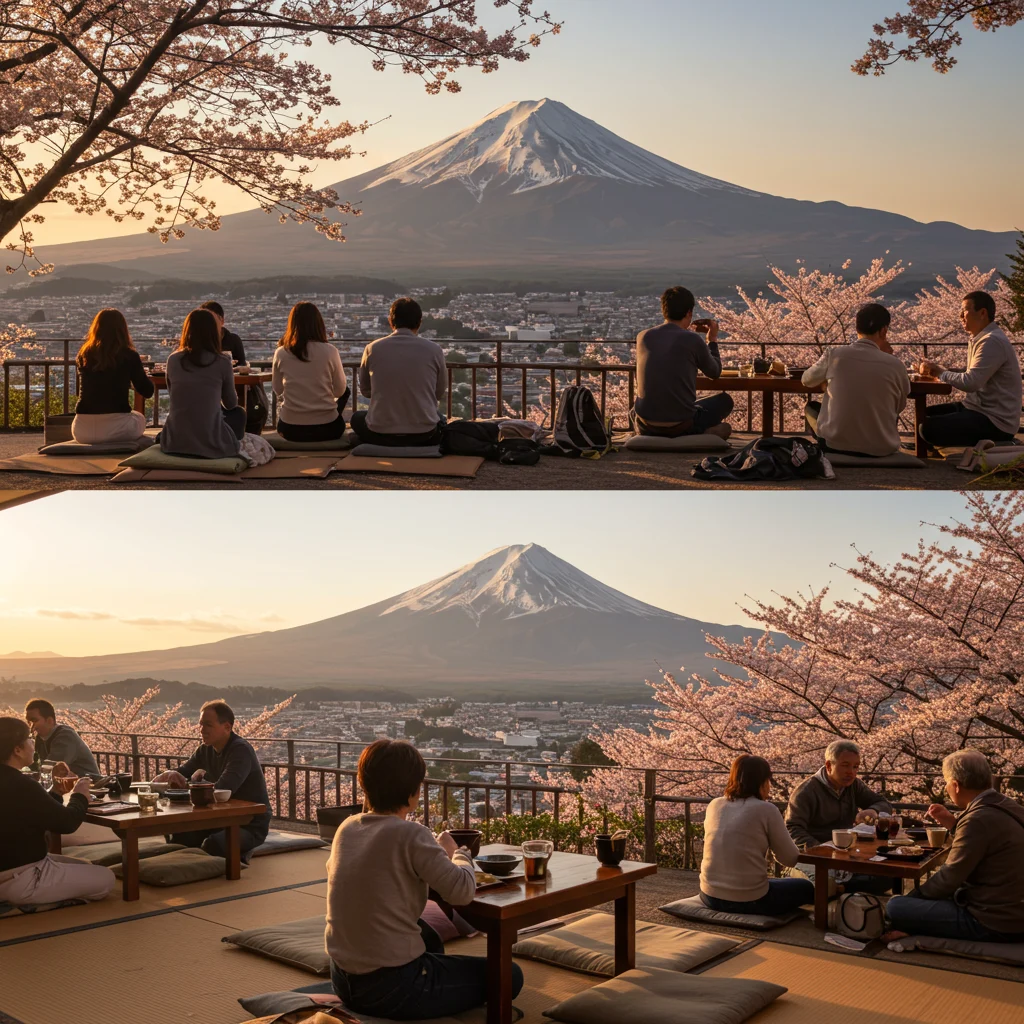
Local Specialties to Try
- Hoto noodles: Thick, flat noodles in miso-based soup with seasonal vegetables
- Fujinomiya yakisoba: Stir-fried noodles with a distinctive chewy texture
- Grilled trout: Freshwater fish from local streams
- Mt Fuji-shaped sweets: Creative desserts inspired by the mountain’s form
Best Restaurants and Cafes with Fuji Views
Many lakeside and hillside cafés offer panoramic mountain vistas alongside their menus. We recommend arriving early for window seats at popular spots, especially on clear days when Fuji’s peak appears especially vivid.
Souvenir Shopping: What to Bring Back from Mt Fuji
The Mt Fuji area is rich in unique souvenirs that capture the spirit of your visit, from handcrafted goods to delicious treats.
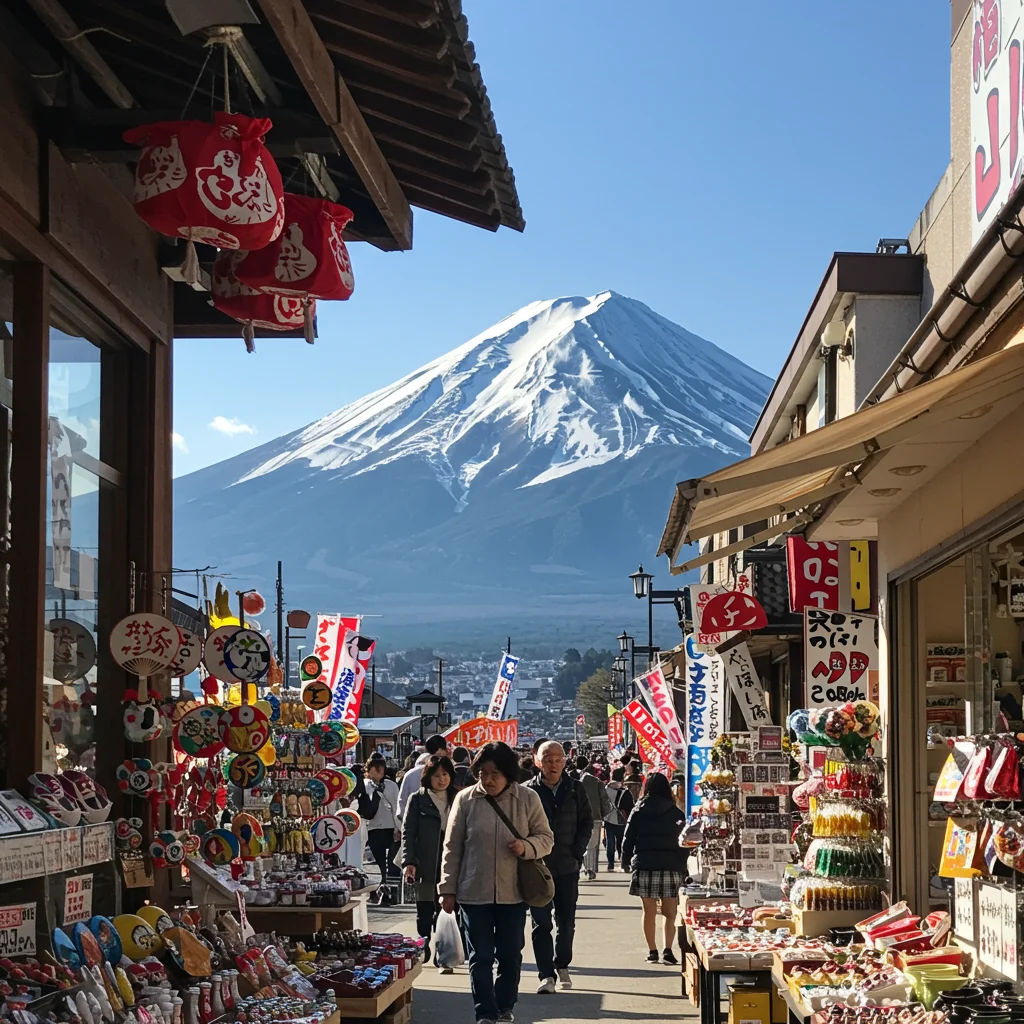
Popular Souvenirs and Where to Buy Them
- Mt Fuji-shaped cookies and chocolates
- Yamanashi wines and local sake
- Traditional textiles and crafts
- Omamori (good luck charms) from shrines
Shops at Kawaguchiko Station, the 5th Station, and in local villages offer a wide selection, often with free samples or demonstrations. For inspiration on unique regional shopping experiences, see our coverage of souvenir shopping on scenic day tours.
Accessibility: Can Everyone Enjoy a Mt Fuji Day Trip?
Mt Fuji and its surrounding attractions are increasingly accessible to travelers of all ages and abilities, with thoughtful infrastructure and services in place.
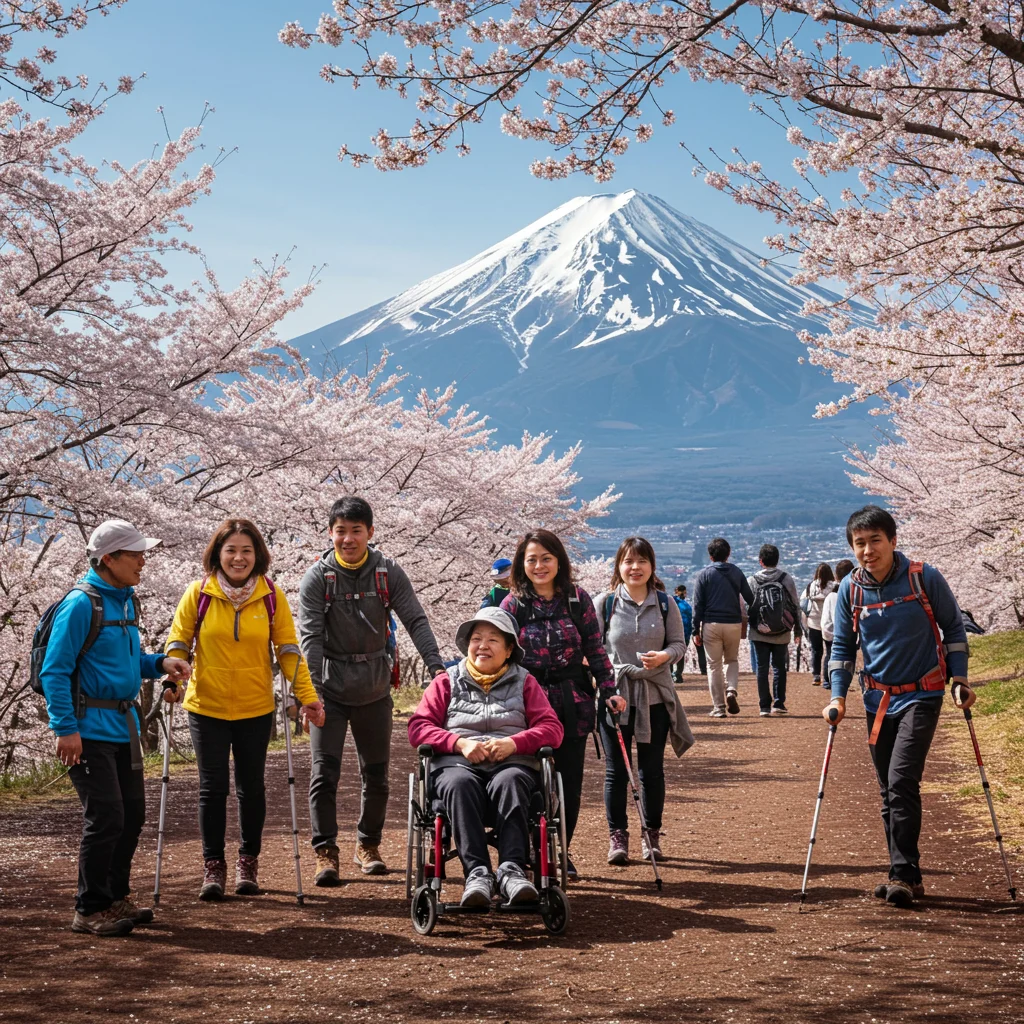
Accessible Routes and Facilities
Major transport hubs, ropeways, and many lakeside parks offer wheelchair access, elevators, and accessible restrooms. Information desks at stations can provide maps and assistance tailored to specific needs.
Mt Fuji Day Trip with Kids or Seniors
Family-friendly attractions, gentle walking paths, and frequent rest areas make Mt Fuji a suitable destination for children and seniors. We suggest pacing your itinerary to allow for breaks, snacks, and spontaneous moments of wonder.
Frequently Asked Questions about Mt Fuji Day Trips
Q: Can I see Mt Fuji from Tokyo?
A: On clear days, Mt Fuji is visible from Tokyo skyscrapers or observation decks, but the most impressive views are found closer to the mountain.
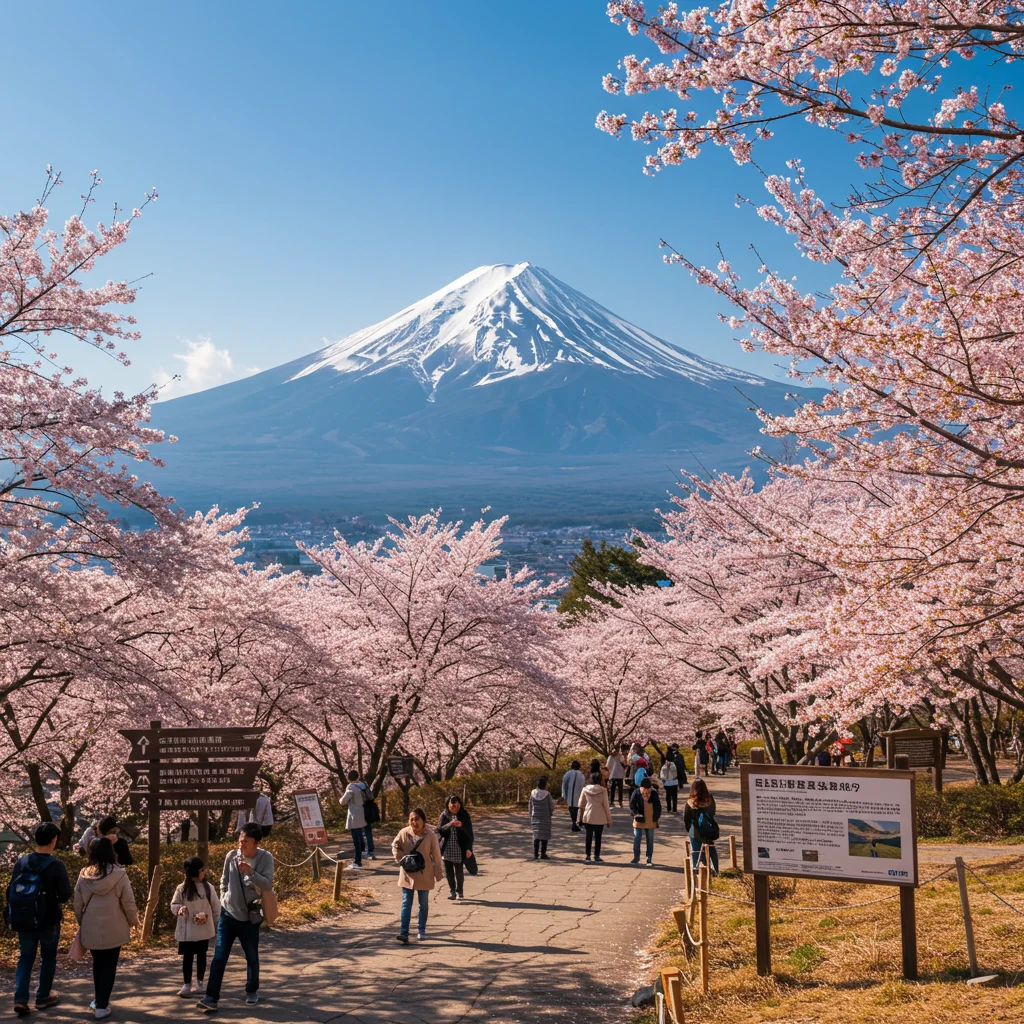
Q: Do I need to book transport in advance?
A: Advance booking is highly recommended for trains, buses, and tours, especially during weekends and peak travel seasons.
Q: Is English spoken at Mt Fuji attractions?
A: Staff at major stations, tourist spots, and hotels often speak basic English, and signage is usually bilingual.
How to Book on Viator
Booking your Mt Fuji day trip through Viator is a straightforward process. Simply search for “Mt Fuji day trip from Tokyo,” compare available tours, and select the itinerary that matches your interests and schedule.
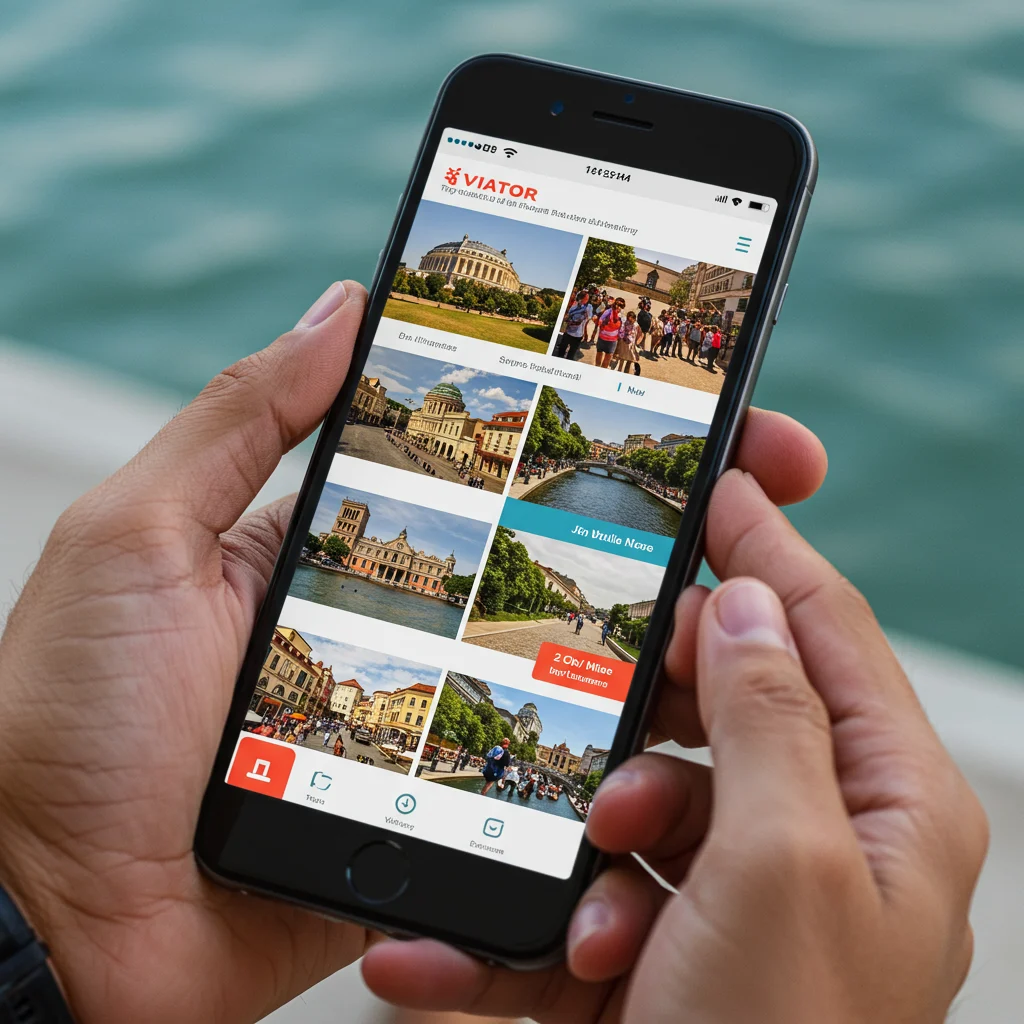
Viator allows us to read verified reviews, check availability in real time, and reserve with flexible cancellation options. Whether you want to plan your trip in advance or find last-minute options, the platform streamlines the booking experience for travelers worldwide.
Conclusion: Planning Your Perfect Mt Fuji Day Trip from Tokyo
With the right planning, a Mt Fuji day trip from Tokyo becomes a highlight of any Japan itinerary. From breathtaking views and cultural treasures to delicious cuisine and memorable shopping, each route offers something special for every traveler. We hope this guide has equipped you with the knowledge and inspiration to craft your own ideal adventure.
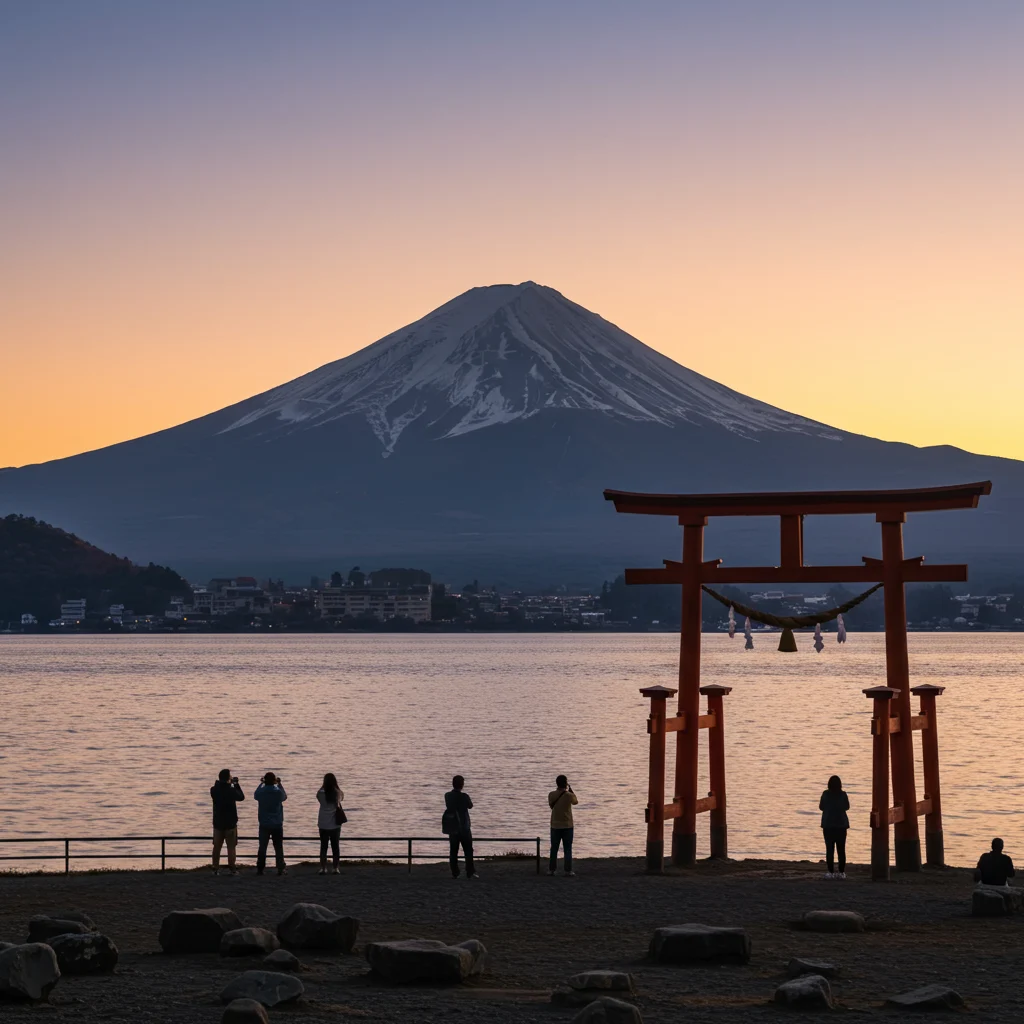
For more travel inspiration and resources, be sure to visit Unisho. Here’s to a safe, spectacular, and truly unforgettable journey to Mt Fuji!
Disclaimer: This information is accurate to the best of our knowledge; however, there may be changes or mistakes. Please verify exact details on the Viator booking page.

